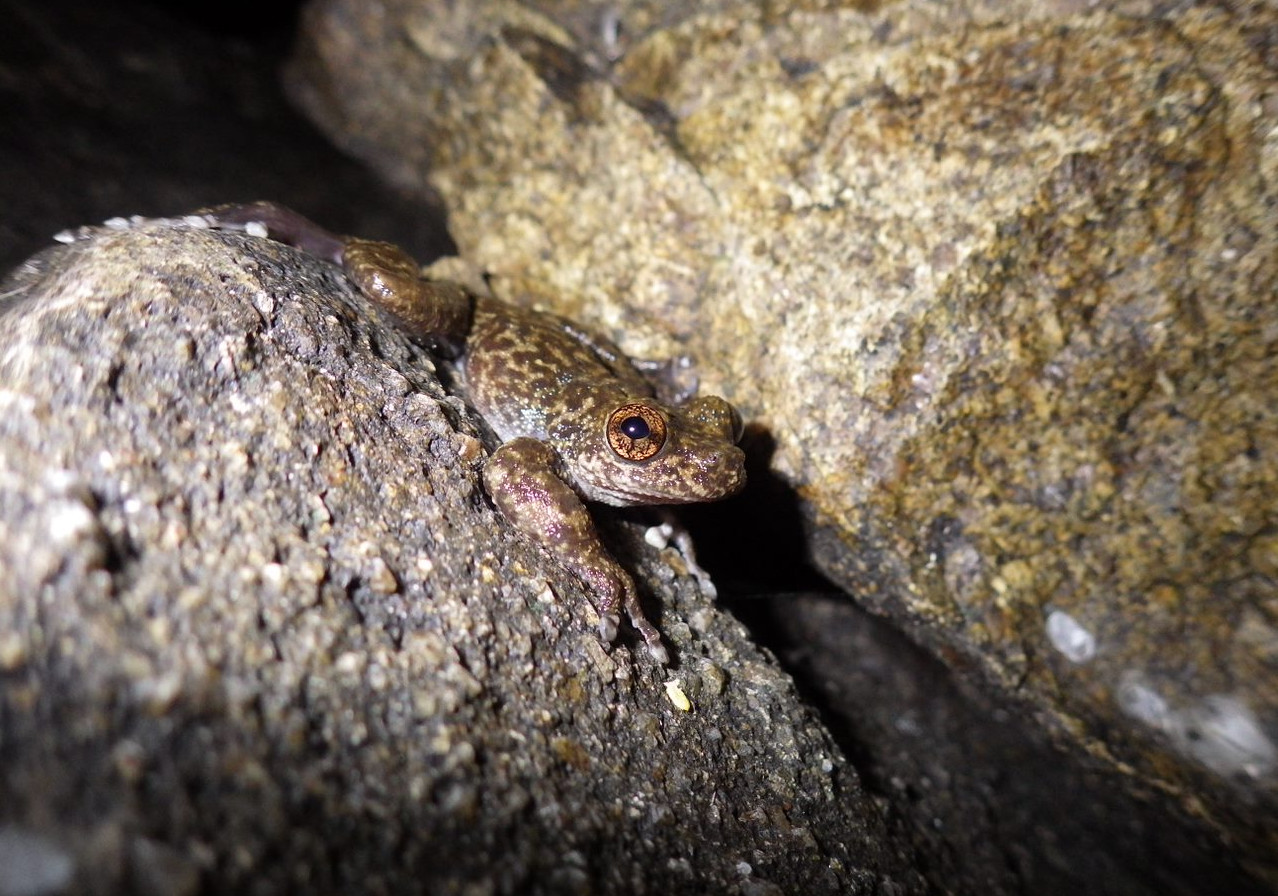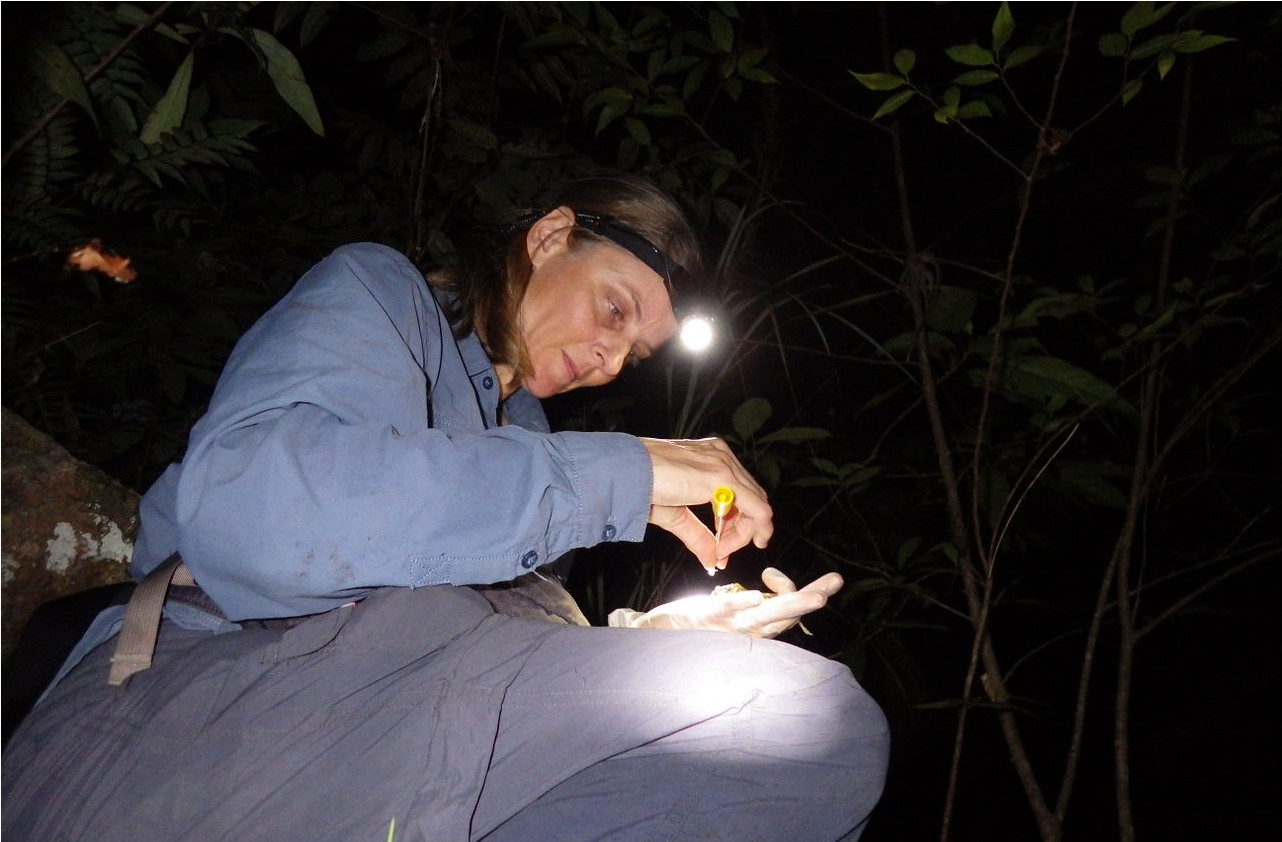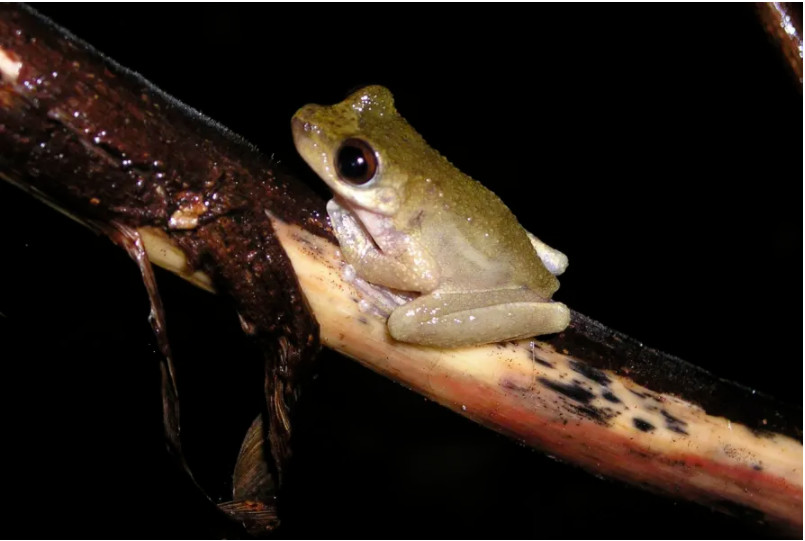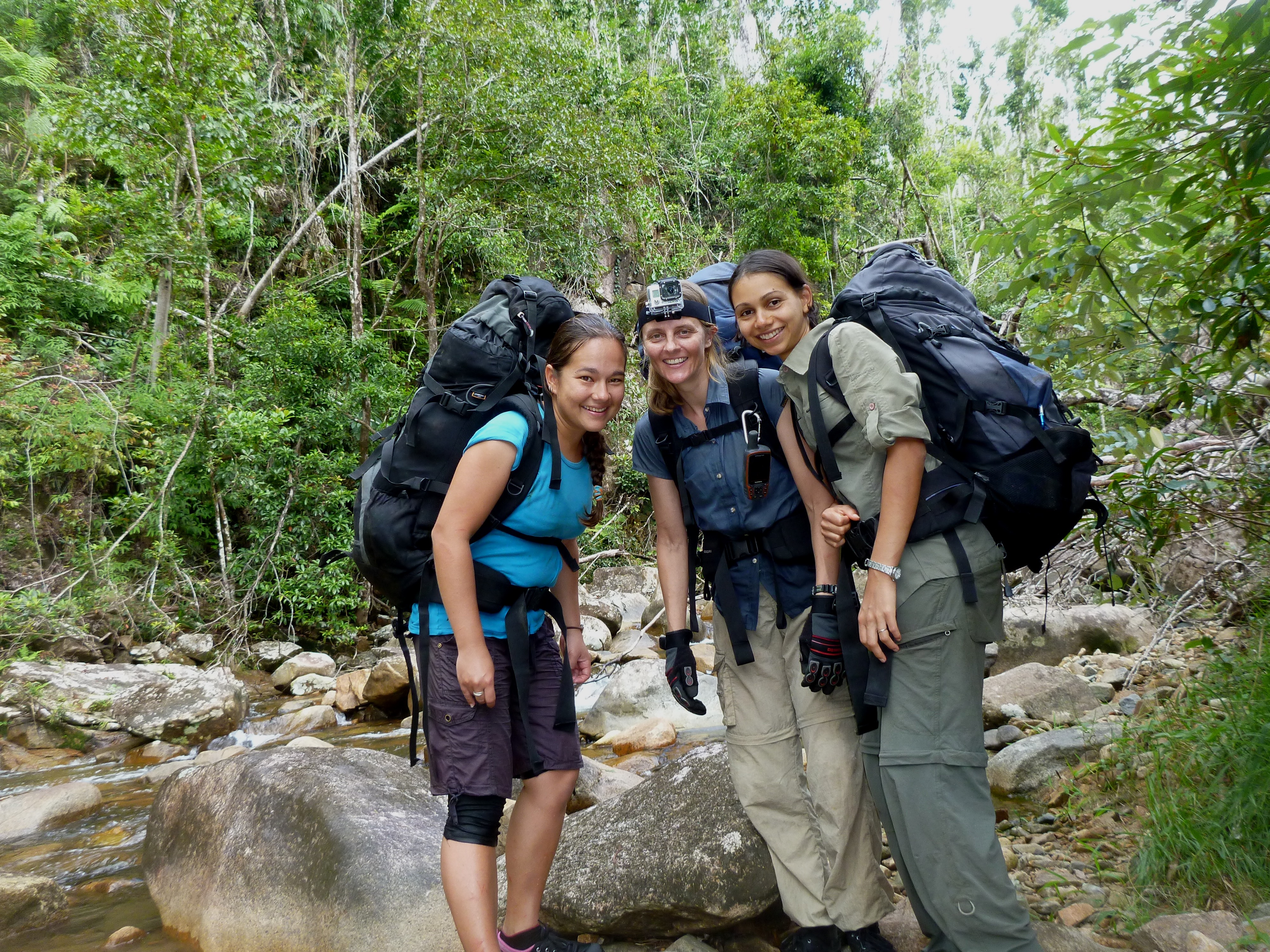
Sciences & Technology
The invasive fungus threatening Earth’s biodiversity

New research shows some endangered species of frog are able to recover from a disease that has devastated amphibian species worldwide
Published 18 March 2021
Cold, wet, exhausted. It’s 2am and you’re a kilometre above sea level in a rainforest ravine in the Wet Tropics of Queensland. You’re finally horizontal, but your hammock – saturated and starting to smell of mildew – offers little prospect of sleep.
Outside, in the pitch black, the stream you’ve been relentlessly climbing cascades over boulders that it’s been wearing down for millennia. But over the white noise of water on granite, you can hear a frog calling “wreek wreek wreek”.

You’ve just detected an endangered species high atop the jungle-clad Mt Lewis. It’s the common mistfrog – now inappropriately named because so few of the species live in the misty highland any longer – but here it is again.

Sciences & Technology
The invasive fungus threatening Earth’s biodiversity
You’ve confirmed that this species is reclaiming a footing in the upland rainforests it had disappeared from two decades earlier due to chytridiomycosis, a disease that has devastated amphibian species worldwide.
This was Dr Sara Bell’s reality in 2013. Climbing five rainforest streams from bottom to top in search of frogs that had disappeared from the uplands, Dr Bell was part adventurer and part postdoctoral researcher under Associate Professors Lee Berger and Lee Skerratt.
Chytridiomycosis, caused by the spread of the non-native fungus Batrachochytrium dendrobatidis (known as Bd), is ranked as one of the world’s worst wildlife diseases. As Bd can survive in temperatures from 4–25°C, species in the uplands are particularly vulnerable. When the fungus arrived in Australia in the late 1970s in south east Queensland, frogs simply began to disappear.
This study sought to assess the degree of recovery of four frog species across the Wet Tropics that were knocked out of the highlands when Bd first spread there in the 1990s. Were they still stuck at the warmer, lower elevations where Bd is both less prevalent and less virulent? Or had they managed to recolonise environments higher up?

Our latest paper answers these questions, and several others. On her epic elevational transects, Dr Bell had amassed not just records of where frogs were and were not, but with the assistance of several crazy-brave assistants, had swabbed frogs for Bd up and down the mountains and placed out air temperature loggers to monitor the microclimate at each 200-metre elevational step.

I joined the effort to analyse the data, quantifying the patterns of infection, linking these to the microclimates, and assessing the correspondence between Bd prevalence and the distribution of each frog species.
The data reveal three of the species Dr Bell was searching for appear to be slowly winning the battle against Bd.
The common mistfrog (Litoria rheocola) was found up to 1000 metres above sea level (asl), the waterfall frog (L. nannotis) was found up to 800 metres asl and the green-eyed tree frog (L. serrata) was found up to 1200 metres asl. The lacelid (Litoria dayi) was only found up to 400 metres asl, however.
Each was previously known from up to or above 1200 metres asl prior to the arrival of Bd, so the data suggest the species are recolonising some locations, which is encouraging news. However, the additional data Dr Bell collected gives us extra insights into the extent to which this has occurred.
Bd still appears to constrain the distribution of the common mistfrog and waterfall frog, with a strong negative relationship between Bd prevalence and the probability of occurrence. Bd prevalence is driven by temperature, being inversely correlated, so the lower the temperature, the higher the prevalence of Bd and the less likely these two species will occur.

The third species that has shown signs of recovery, the green-eyed tree frog, appears now able to live with the pathogen. Green eyed tree frogs displayed a high prevalence of infections (47 per cent) and was just as likely to have heavy as light infections, but Bd has lost its killing power for this species.

Environment
The threatened species in our urban jungle
Unfortunately, the fourth species Dr Bell investigated, the incredible lacelid, remains in Bd’s thrall.
Lacelids weren’t detected above 400 metres asl – under half its known elevational range prior to Bd’s spread. Only two individuals swabbed had the pathogen, and infection loads were low indicating that lacelids are stuck in lowland environments where the likelihood of infection – and particularly a fatal infection – is low.
So, what does this all mean for our understanding of chytridiomycosis impacts in Australia, and management of frogs threatened by it?
First, our study provides further evidence that some frogs that took a strong initial hit from this disease are starting to recover.
Second, our study shows that environmental refuges – areas in which chytridiomycosis’ prevalence and/or virulence is lower – have been crucial to the persistence of these rainforest frogs, as has habitat connectivity, which has facilitated re-colonisation into former areas where the disease is more virulent as host resistance has developed.

Third, our study reveals that some species remain restricted to environmental refuges, even while other species recover, and this may lead to both a permanent change to the species’ niche and a heightened conservation focus on protecting these crucial refuges.

Sciences & Technology
The grasshopper that was lost, then found, is now endangered
These species may ultimately need to be assisted with evolution of resistance through assisted breeding or genetic manipulation if they are ever to fully recover.
Fourth, it lays the groundwork for attempts to hasten recovery of these frogs. The lacelid and waterfall frog for example could be transferred to unoccupied lowland sites where they were previously knocked out entirely.
They have no capacity to naturally recolonise these streams, being separated from remnant populations by cleared land (again, highlighting just how important habitat connectivity is to conservation).
These frogs could survive in lowland sections of these streams, and the waterfall frog may push back up into the uplands, particularly if the founding individuals were taken from recolonised upland sites, where some form of disease resistance is likely to have developed.
In all, the outcomes are very positive. The work shows that natural recovery is underway for some frogs hit hard by chytridiomycosis, and that there are tangible options for management of the disease.

This study is one of several to show that gaining an understanding of the pathogen, and host responses to it, reveal actions we can take to shore up remnant populations and facilitate recovery.
We now need to experiment with alternate management options and find the combination that ensures a bright future for the many Australian frogs still grappling with this extraordinary pathogen and the common mistfrog will live up to its name again.
*Dr Heard began this study while at the University of Melbourne, his current affiliation is the Australian National University
Banner: Litoria nannotis (waterfall frog)/ Steve Johnson, University of Florida